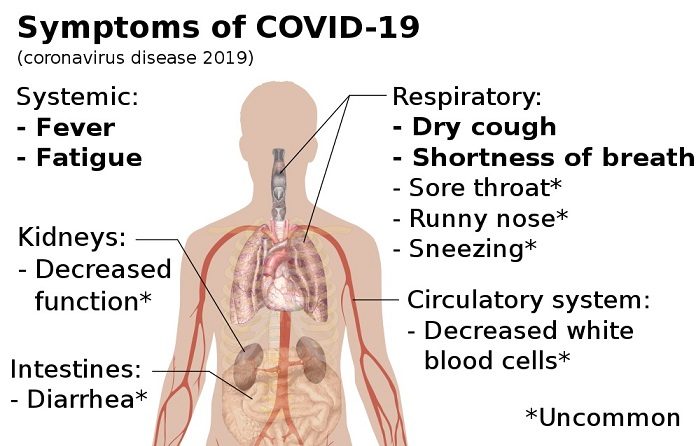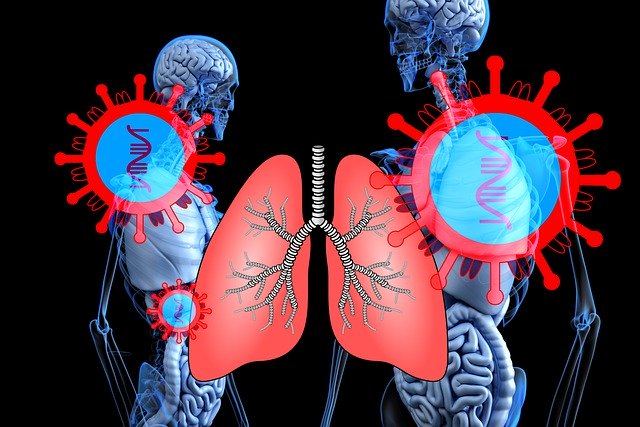Paris: About 1 out of every 5 people in the world has underlying physical conditions that make them probable to develop severe Covid symptoms, if infected. This 20 per cent comes to round 1.7 billion people on the world. The novel SARS Covid-19 virus has infected more than 8.1 million people and 441,505 people succumbed to death, globally. The viral infection gave severe Covid symptoms in some cases or mild symptoms in some other and even no symptoms in some others.
Studies are finding that underlying conditions, age and poverty are all factors that could cause more severe disease. For example, researchers reported on June 15th in the journal Morbidity and Mortality Weekly Report that rates of hospitalizations are six times higher and rates of death were 12 times higher in COVID-19 patients in the U.S. with underlying conditions, the most common of which were heart disease, diabetes and chronic lung disease.

Meanwhile, a group of researchers has focused specifically on how underlying conditions will impact the outcome of the virus on the world’s population. The research team made use of several datasets including data from 188 countries reported in a 2017 study that analyzed the global burden of diseases, injuries and risk factors. This also included data from UN’s population estimate for 2020. With the guidelines from World Health Organization and agencies from USA and UK, the researchers grouped the underlying conditions that most affected the risk of severe Covid-19. According to the report, there were 11 categories. They included:
- Cardiovascular disease
- Chronic kidney disease
- Chronic respiratory disease
- Chronic liver disease
- Diabetes
- Cancers with direct immunosuppression (suppression of the body’s immune response due to the cancer)
- Cancers without direct immunosuppression but with possible immunosuppression from treatment
- HIV/AIDS
- Tuberculosis
- Chronic neurological disorders and
- Sickle cell disorders.
The team found that around 25 percent of the world population has at least one among these underlying conditions that could develop sever Covid-19 symptoms. Less than 5% of people younger than 20 years age reported these underlying conditions. On the other hand, 66 percent of people above 70 years had these conditions. The risk of severe infection is more in countries with more old-aged citizens. African countries with more AIDS cases and small islands with higher diabetes rate are also prone to severe symptoms.
“A strength of our model is that it can be modified as new data emerges and allows for the much needed further stratification of risk to inform a precision public health approach”, researchers who were not involved in the study wrote in an accompanying commentary. However, the authors have identified some limitations to their approach, including the fact that they did not consider age as an independent risk factor. Moreover, they also failed to consider other prominent risk factors such as ethnicity, poverty and obesity, according to the report. So, “our estimates are uncertain and focus on underlying conditions rather than other risk factors. But provide a starting point for considering the number of individuals that might need to be shielded or vaccinated as the global pandemic unfolds,” the authors wrote in the study.
The findings were published on June 16th in the journal The Lancet Global Health.




![The Top & Most Popular Seafood Bucket Restaurants in Dubai for you [Never Miss]](https://uae24x7.com/wp-content/uploads/2020/09/8-seafood-in-a-bucket-scaled-e1600739237403.jpg)
![Procedures for Renewing the Driving License in Abu Dhabi [3 Simple Steps]](https://uae24x7.com/wp-content/uploads/2020/07/Capture-9-e1595666454466.jpg)





